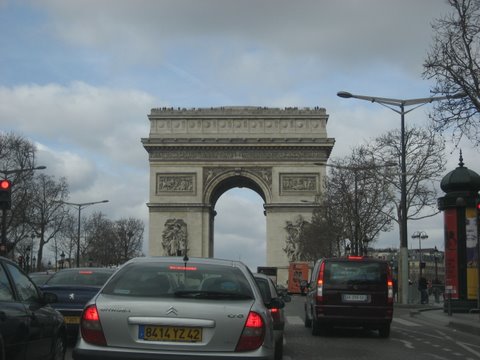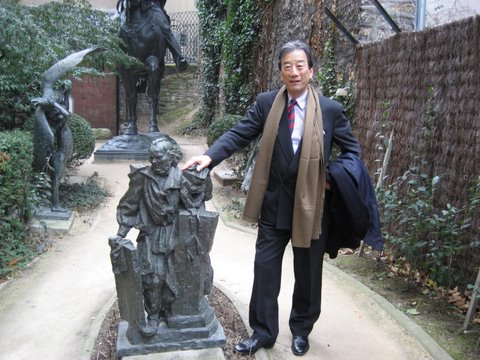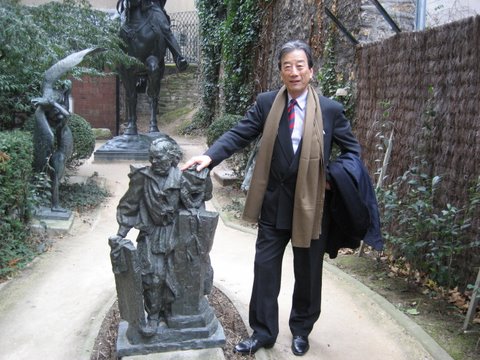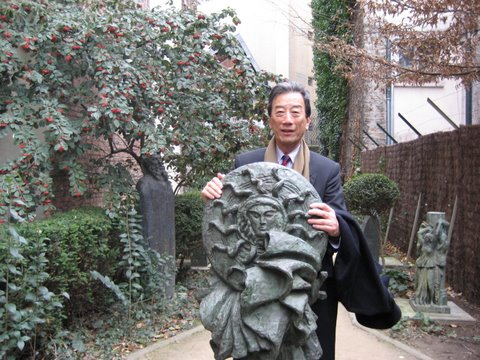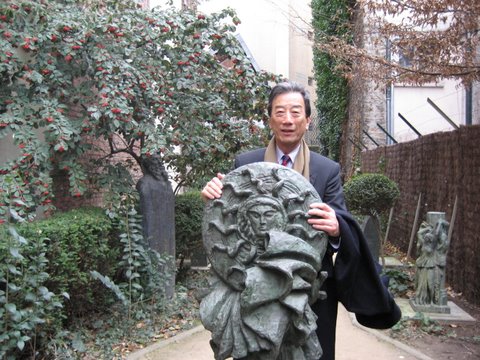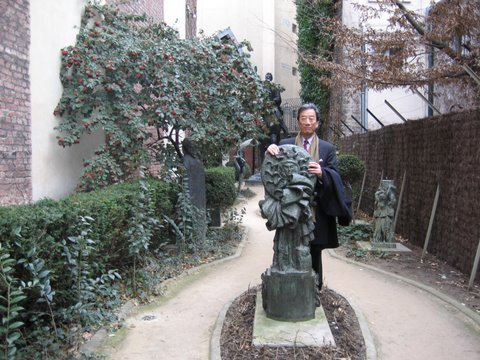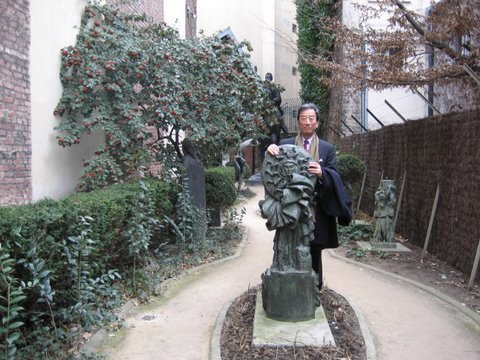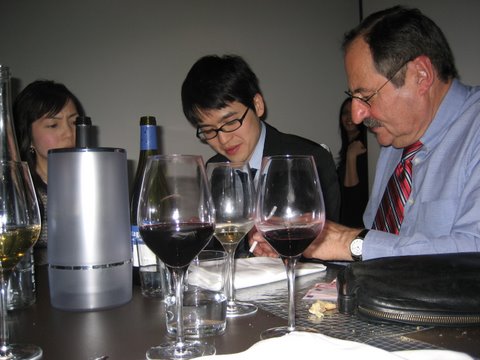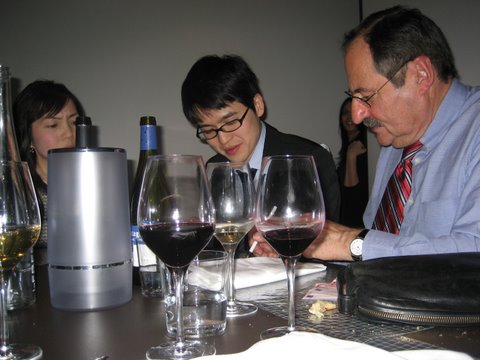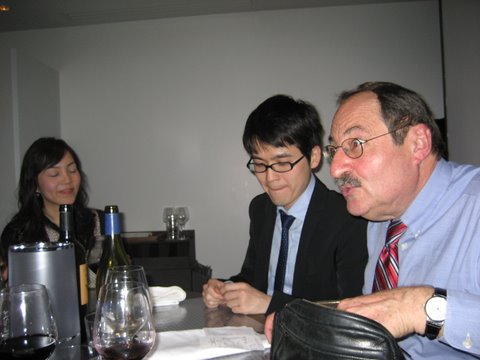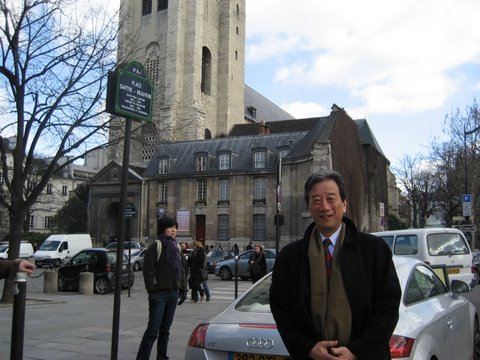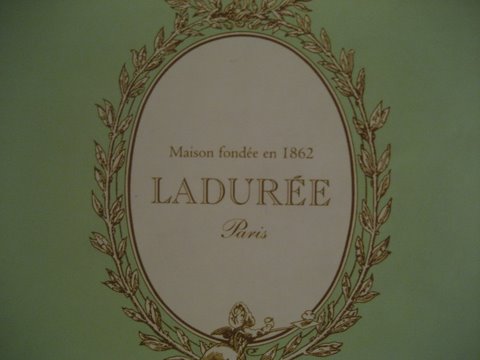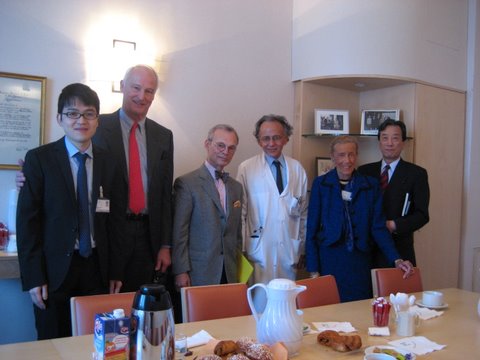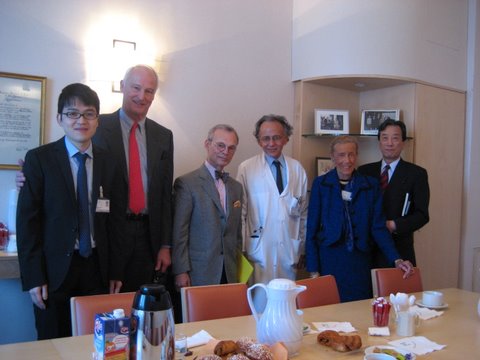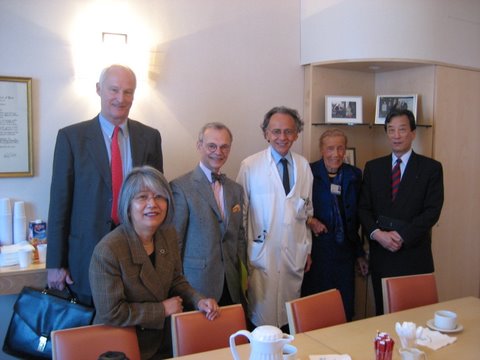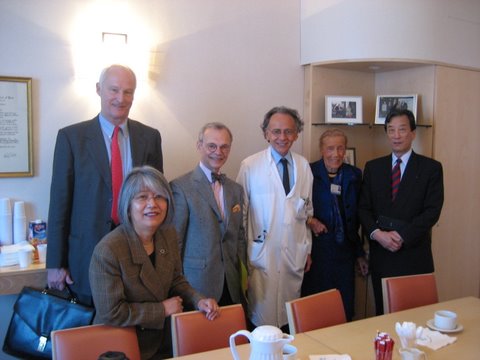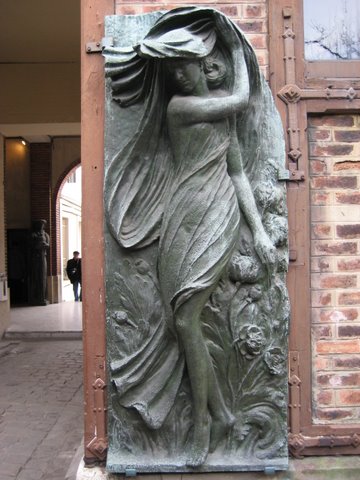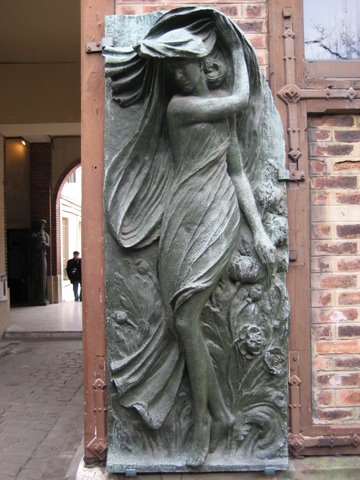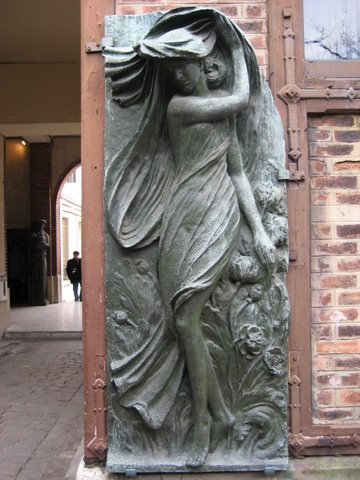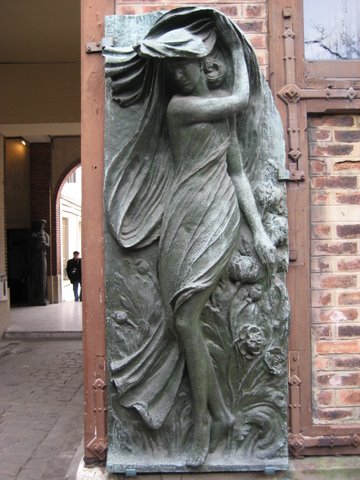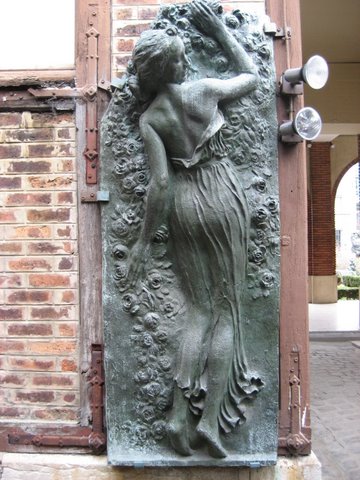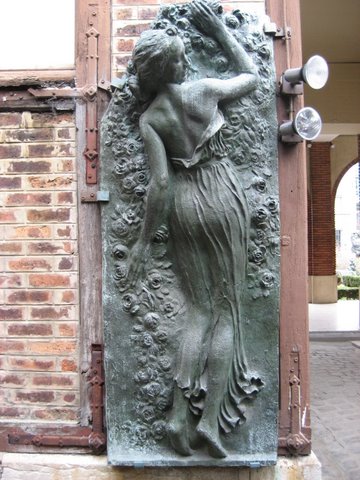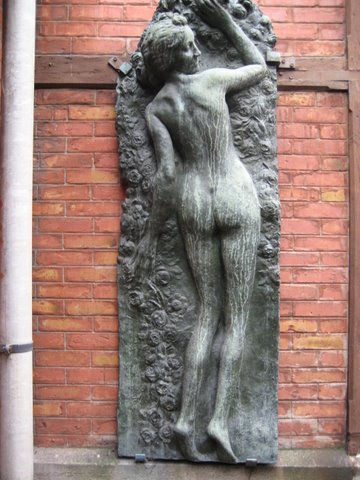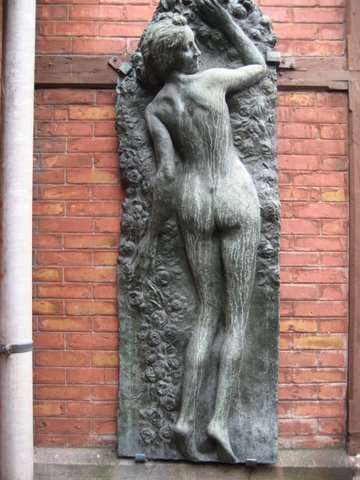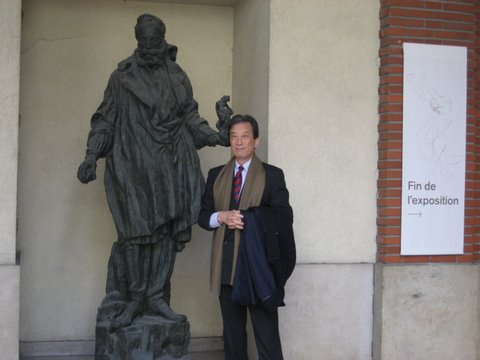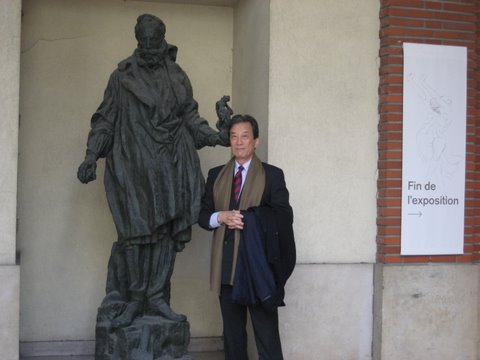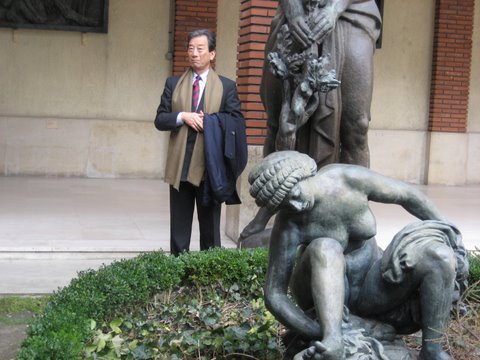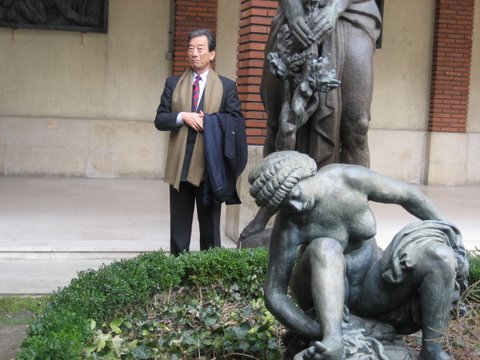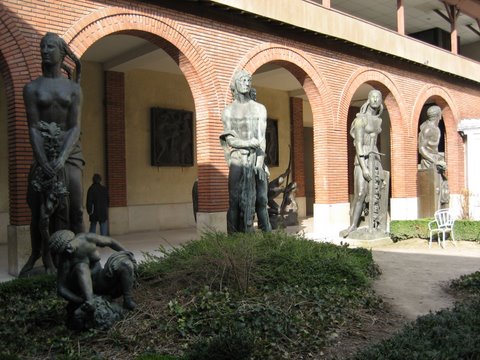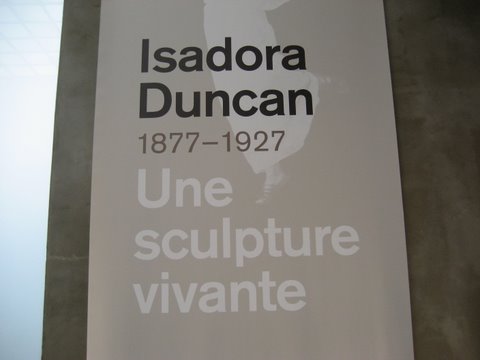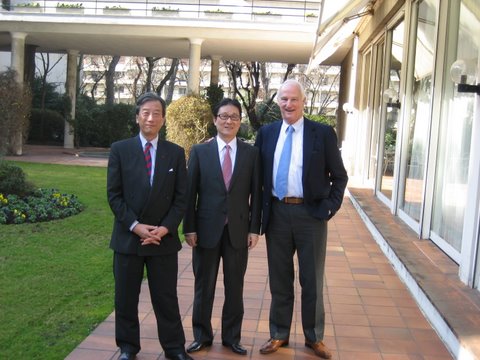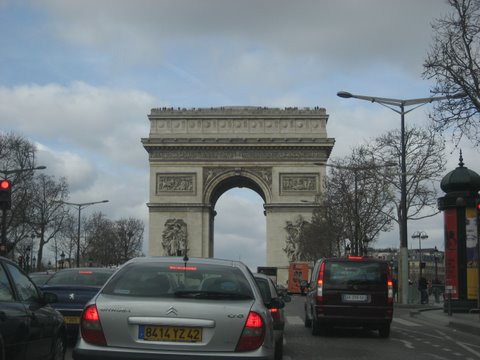After the evening of L’Oreal Award, I visited American Hospital of Paris (AHP) next morning to see Madam Christiane Guerlain (famous perfume), a member of the Hospital's Board of Governors since 1977, with other members of the Board, Mr John Crowford, Drs Bloch, the head of the Hospital, Drs Kyhayat, and other staff Drs Bard, Matsushita, Mimura and so on. After listening to them, I was guided to a tour to its major facilities including the new Dialysis Center. Dr Mimura, a newly appointed Japanese Doctor at AHP from last autumn to lead its Japanese section, is apparently earning good reputation and I was happy to feel the welcoming mood among his colleagues and staffs.
In the afternoon, I had a 2 hours’ teleconference on Global Health with 10 people or so from Canada and other countries, then from 4 pm, joined two executives in charge of technology from Schlumberger Paris head office (I understand that one of them, Mr Ashok Belani from India is the youngest of all board members). We had quite a stimulating conversation/discussions over interesting topics including possible international collaboration with Japan on global issues. Schlumberger has placed a branch office in Japan 30 years ago and has been active in many areas ever since.
In the evening, Drs Jean-Louis Armand and Yves Mieux who used to work at the Embassy of France to Japan, Drs Mimura (husband and wife) and I went out to have dinner at KGB ‘Kitchen Galeise Bis’ (Ref.1), a nice restaurant that is quite popular recently (reservations are full 3 to 4 weeks ahead, I was told). Menu was original and interesting, and everything was so delicious. The reputation did not betray us. So, naturally we enjoyed conversation with high spirits.
The next day was Sunday. HE Ambassador Hattori of OECD invited me for lunch at his residence which was a very relaxing experience. I have had the honor of knowing him since he was the Ambassador of Japan to Vietnam when he supported us in many ways at Science Council of Asia which we held at Hanoi. It’s been a very long time since then, and I thank him so much for his unchanging kindness
After leaving his residence, I spent time at Musee Bourdelle (Ref.1) enjoying the exhibition of ‘Isadora Duncun’. Musee Bourdelle is a compact but beautiful art museum. Ms Duncan is a highly unconventional dancer born in San Francisco having performed mainly in Europe and Russia. I assume people may describe her today as ‘a scandalous, eccentric woman’.
Duncan socialized with Rodin, sculptor, and his close friend Carrier, painter so the exhibition included sculpture of Isadora by Rodin as well as sketches by Carriere and Bourdelle. The fact that Rodin and Carriere were very close friends is well known and I have mentioned it in my keynote lecture on ‘Molecular Imaging’. I also summarized the lecture in a essay.
Next noon I took a flight from Charles de Gaulle CDG airport heading to Accra, Ghana via Heathrow, London.
Paris is always beautiful. There are so many interesting places to visit. It is such an attractive city.
I have traveled for more than two weeks, visited two African countries, worked in Paris, and had some private time in Bourgogn to enjoy (which I haven’t have had for a long time).
